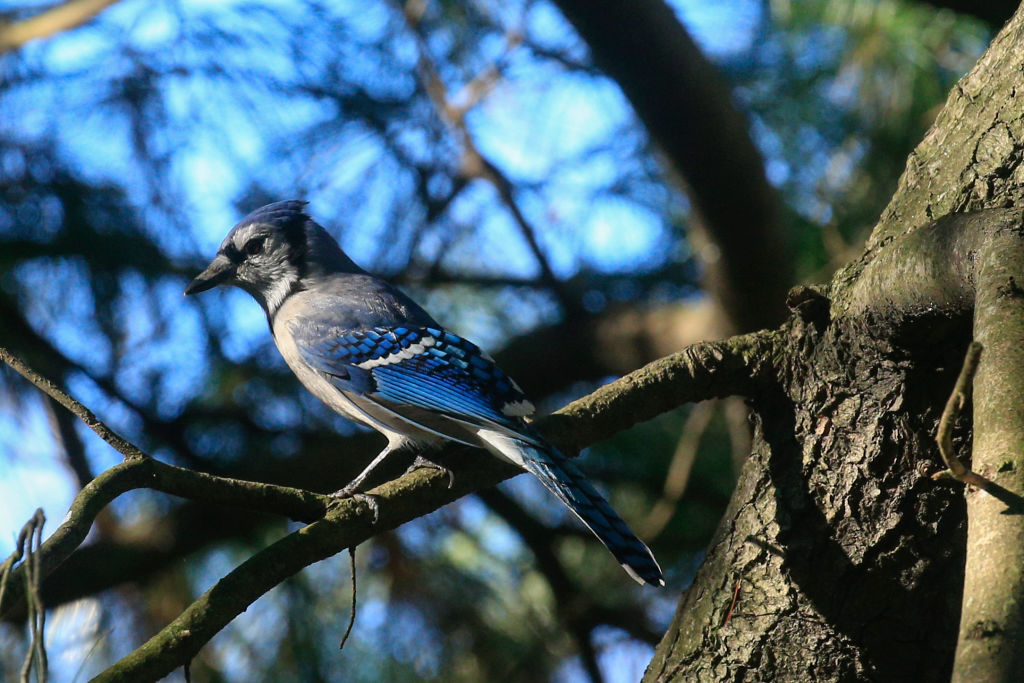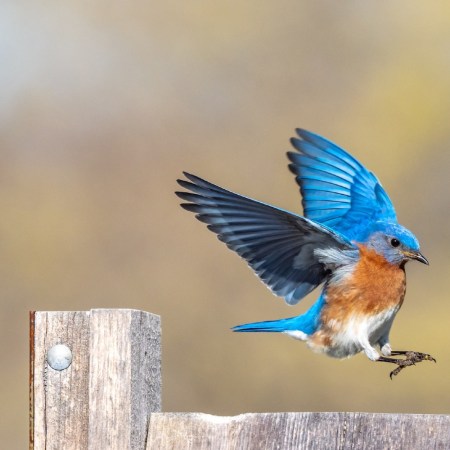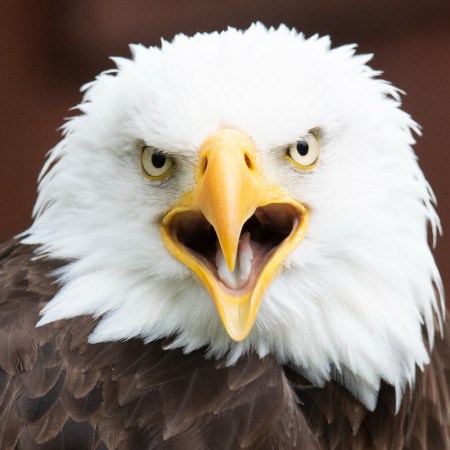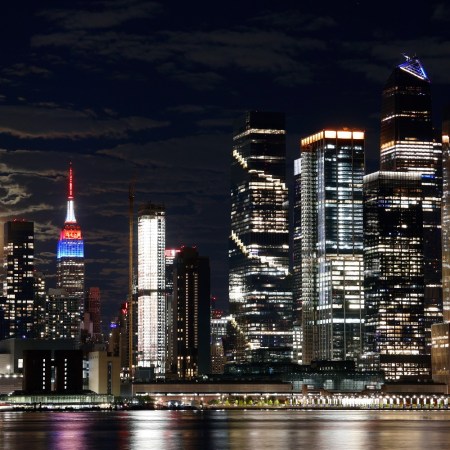At its best, Twitter can bring together like-minded people who might never have otherwise met. At its most frustrating, Twitter can escalate existing disagreements and ramp up conflict where it might not otherwise need to be. If you’ve been a part in any kind of subculture on Twitter, this is probably not news to you. But what might surprise you is just how heated the social media debates between rival groups of birders can get.
Earlier this month, a snowy owl was seen in Central Park. For birders, this was a massive event, as the species of owl in question had not been seen in Central Park for over a century. Some of the coverage featured images of interested parties clustered in groups trying to get a good look at the owl, adopting a demeanor closer to paparazzi photographing a celebrity than anything else.
As Daniel E. Slotnik writes in The New York Times, debate over sightings of the snowy owl is indicative of fissures within the birding community. Slotnik notes that some birders have embraced social media as a way to share information about bird sightings, while others dislike this practice due to concerns that too many birders can disturb the habitats of the very creatures they’re searching for.
The Times article details a birding scene with multiple factions — including tour guides with wildly different approaches to getting the best view of birds. At the heart of this debate is a vexing question: if sharing information is inherent to birding, how much sharing is too much? This isn’t a case of theoretical questions being taken too far — Slotnik notes a 2016 incident in Washington, where a man shot a hawk owl due to his frustration with the number of birders coming to see it.
Given that birding has become more popular during the pandemic, the questions raised in the article aren’t likely to go away any time soon — and there are few easy answers on hand.
Subscribe here for our free daily newsletter.
Thanks for reading InsideHook. Sign up for our daily newsletter and be in the know.


















